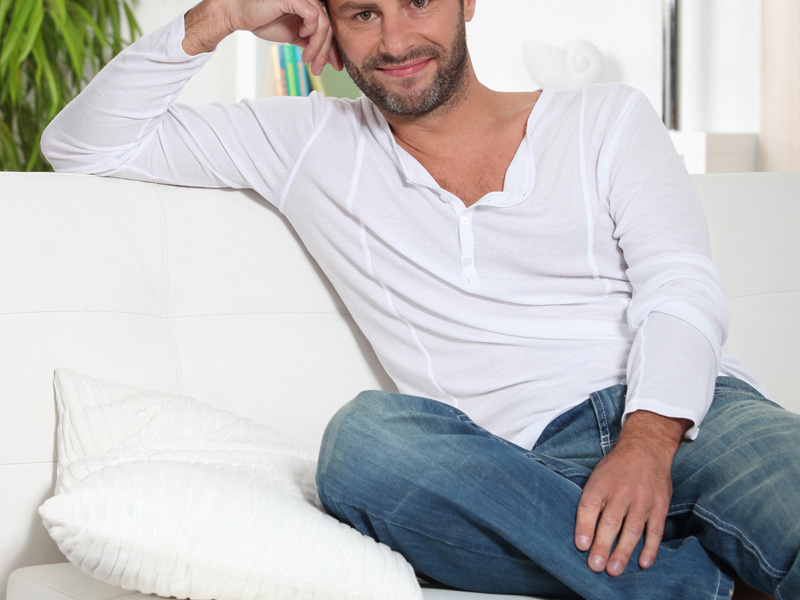Stand up paddle boarding (SUP) is very popular worldside. You could play on a calm lake or catch waves in the ocean. You could also do SUP yoga or go for a fast-paced paddle to get a workout. Whatever you want, get the right board is key to your enjoyment. Here please review the main points you need to think about when choosing a board.
To find the right SUP for you, consider how you will use it, how it will fit you and how you want to handle in the water. The key points is the shape of the board, getting the proper length, width and thickness.
Inflatable SUPs
Inflatable SUPs feature PVC exteriors with drop-stitch construction that create an air core. They come with a pump for inflating the board and a storage bag for when it’s not in use. A quality inflatable SUP is designed to be inflated to 12–15 pounds per square inch and should feel very rigid when fully inflated.
Why get an inflatable SUP:
You have limited storage space: If you live in a small house, condo or apartment, you may not have room for a large solid board. Inflatable SUPs are compact when deflated and can easily be stowed in small spaces, like a closet or the trunk of a car.
You’re traveling or hiking: If you’re taking a road trip or by airplane, you can bring along your inflatable SUP. Packed away in its carry bag, an inflatable can be checked on an airplane or stowed in a train, bus or car.
You’re paddling whitewater: Like a raft or inflatable kayak, an inflatable SUP is better than a solid board. Which could be suited to handle bumps up against rocks and logs
You want SUP yoga: It’s a bit softer than solid boards, making you more comfortable to do yoga poses.
SUP Length
The length of a board is the key in determining how to handle the board. In general, longer boards are faster than shorter boards, but shorter boards are more maneuverable. Keep in mind your intended use when deciding what length SUP to buy:
Short boards (under 10’) are great for surfing and/or kids. These boards almost always have a planing hull. Short SUP are more maneuverable than long SUP, making them great for surfing waves. Boards designed specifically for kids are typically around 8’-9’ long.
Medium boards (10’ to 12’) are ideal for all-around use and for SUP yoga. It’s bigger, which is more stable in the water.
Long boards (12’6” and above) are great for fast paddling and long-distance touring. The majority of boards have a pointy nose and typically have little to no rocker. They’re faster than short and medium boards and they tend to track straighter.
SUP Width
Width is another important factor which is related to how to handle the board. A wider board will always be more stable than a narrow board, but remember that a wide board can be slower, and if the board is too wide for you, difficult to paddle. SUPs are made in widths ranging from about 25 inches up to 36 inches to accommodate different uses.
When selecting how wide your SUP should be, think about the type of paddling you do, your body type and ability level, then confirm the appropriate board volume and weight capacity.
SUP Fins
Fins decides the tracking and stability of SUP. In general, larger fins with wider bases and longer front edges will track straighter and provide more stability than smaller fins. On the other hand, a smaller fin provides better maneuverability. Most fins are removable, so you can use different fins according to the different enviorment.
Some popular SUP fin configurations include:
Single fin: Many SUPs include a single fin placed in a finbox and secured with a nut and screw. The finbox has a channel for the fin to slide back and forth in. The single fin provides good tracking and minimal drag, making it a good choice for flatwater paddling.
3-fin setup: Also called a thruster, this setup promotes straight tracking on flatwater and offers good control in surf. All three fins are usually about the same size.
Fins for inflatable SUPs: Inflatable SUPs can have any of the fin configurations already listed. What sets them apart is that they feature either flexible rubber fins attached to the board or detachable semi-rigid fins.
SUP Extras and Accessories
Depending on how you plan to use your SUP, you might want to look for a board with extra features, such as:
Bungee straps/tie-down: Sometimes located on the front and/or rear of the board, these stretchy straps or tie-down spots are great for securing dry bags, clothing and coolers.
Attachment points/mounts: Some boards have specific attachment points for fishing-rod holders, seats, cameras and more. These accessories are typically sold separately.










